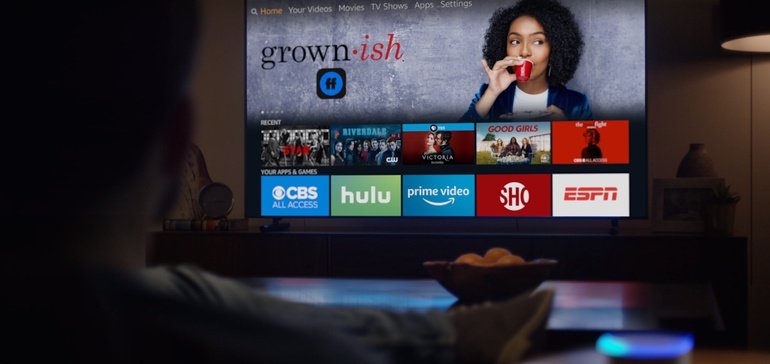Amazon
AUTHOR|Aaron Baar
Source: www.marketingdive.com, September 2020
Dive Brief:
- Nearly half (44%) of consumers report trying new brands after seeing a relevant ad, per a study by media measurement platform DoubleVerify. Younger groups prefer ads on social, while older demographics prefer traditional TV.
- In addition, 69% of consumers are more likely to look at an ad that bears some relevance to the content they are viewing, while 67% of consumers are more likely to look at an ad if it appears on a trusted news site. Across every category, 48% or more of consumers said they would be more likely to engage with contextually relevant ads.
- DoubleVerify’s study, based on 10,000 respondents from the U.S., France, Germany, Spain and the U.K., demonstrates that context matters more than ever amid the surge in content consumption spurred by the coronavirus pandemic.
Dive Insight:
It should come as no surprise that with consumers spending more time at home, they are spending more time with online content, especially connected TV (CTV) and social media. Since the beginning of the COVID-19 pandemic, the average time interacting with online content has doubled globally, per DoubleVerify, leading to the increasing importance of contextually relevant ads as consumers look to cut through the noise.
Previous research demonstrated that more than a third (39%) of consumers have bought from a new brand during quarantine as the pandemic limitations pushed them to experiment more in their brand choices and methods of purchase. The DoubleVerify study suggests brands can build on this open-mindedness with relevant ads that appear on trusted sites.
On average, consumers are currently spending an average of 6 hours 59 minutes a day engaging with content, compared with only 3 hours, 17 minutes prior to the health crisis. Even without places to go or many events to share, social media is seeing the biggest benefits. Nearly half of consumers (48%) increased their time spent on social platforms, particularly YouTube, which saw a 43% jump in consumer time spent, and TikTok, which saw dramatic growth among the 18-24 demographic.
Before diverting all their marketing dollars to video-based social media, marketers ought to remember that context matters. According to DoubleVerify, 69% of consumers are more likely to view an ad if it’s relevant to the context. One study earlier this year found COVID-related ads performed better in news programming — where much of the news has been pandemic-focused — than ads that had more general messaging.
Media placement also matters. More than two-thirds (67%) said they are more likely to engage with an ad on the website of a publisher they know or trust, and 55% would be less likely — or would never — use a brand if the promotion appeared alongside fake or inflammatory news. Such findings could add pressure on social media companies to police their content better as they seek to increase demand from advertisers. Facebook, for instance, was the subject of an advertiser boycott this summer as civil rights grouped demanded the platform do more to curb hate speech and disinformation.
“This study highlights consumers’ openness to contextually-relevant ads and the importance of trusted news during these challenging times,” Dan Slivjanovski, CMO at DoubleVerify, said in the study’s press release. “Given the complex news cycles of 2020, a nuanced approach to brand suitability is more critical than ever.”

